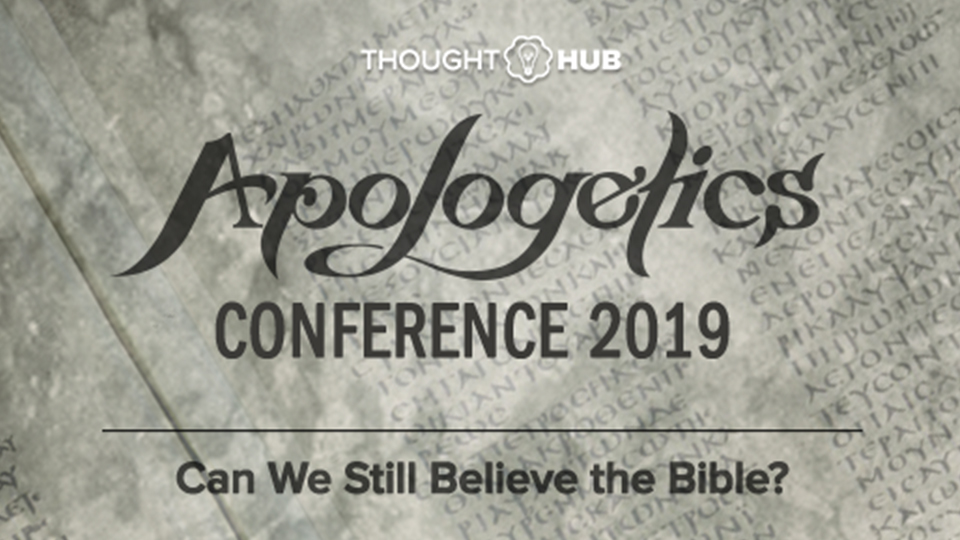Unfortunately, there are people who fill leadership roles in many churches who lack the character, discipleship development, or simple maturity to fill such a role. These folks, often chosen because of business expertise or family connection, become entrenched in such roles, much to the frustration of the other leaders on the team. So, how should you respond?
Are there biblical translations that are less accurate than others? Which translations should we use and which ones should we avoid? In part 2 of this vlog series, Dr. Craig Blomberg continues to share proof of the historical reliability of biblical scripture by expounding on the process of biblical translations. Dr. Blomberg addresses the three major philosophies associated with choosing a biblical translation: form preservation, a direct translation of Greek/Hebrew manuscripts to English, and optimal equivalence.
How do you defend the historical reliability of biblical scripture against individuals who insist on its inaccuracy? How do you respond to those who would question the church’s decision to include or exclude certain books from the biblical canon? In the first installment of this vlog series, Dr. Craig Blomberg addresses these topics by discussing the foundations of their discrediting views including variances in original manuscripts of scripture and the validity of such arguments.
Fasting! For many non-liturgical Christians, the thought of fasting triggers strong emotions of disdain, as though the experience was overtly alien or unnatural. Memories of failed attempts to abstain from food for a given number of meals rekindles guilt. Yet Jesus was unmistakably clear about this painful topic: “ The days will come when the bridegroom is taken away from them, and then they will fast ” (Matt. 9:15). This means that fasting is–or ought to be–part of the normal Christian life. Stated differently, normal Christians fast; only abnormal Christians seek to avoid it.
Preaching in the smartphone age can have its challenges. As advancements in technology, communications and instant connectivity continue, preachers will need to counter such distractions to relay the gospel message effectively. In light of diminished attention spans and the reality of the presence of smartphones in our sanctuaries, I would like to share seven practical strategies that preachers can utilize to maximize the effectiveness of their sermons in the smartphone age.
We have already seen the two steps a pastor must take to help the congregation get stronger – self-growth and build a team . But there are also two steps the people of the church must take to contribute to the same health journey. Many congregants know the frustration of a revolving door of pastors with their unique visions, ideas, and strategies. A frequent change in pastors can lead the congregation to forget that they, too, have some responsibility for what their church is becoming.
I once chuckled at a guest preacher when he began a sermon’s scripture reading by saying, “Turn with me in your iPhones to James chapter 2.” Of course, the congregation chuckled as well, but he was right — many churchgoers in the 21st century do not bring their bibles to church anymore instead, they utilize their smart phones — and for much more than just reading scripture during sermons. This article will assess the challenges and the advantages of preaching in the smartphone age.
With thousands of churches plateaued or in decline, many of which are aging with the future growing more ominous each day, I’ve been searching for simple and powerful steps in a new direction. Many struggling churches are overwhelmed by a culture of “can’t.” They hear the ideas that turn around other congregations, but find most of these beyond their current abilities, resources, and people. There has to be a “can” out there with every church’s name on it.








